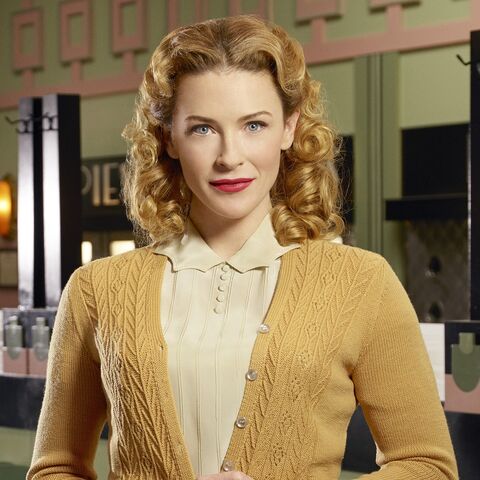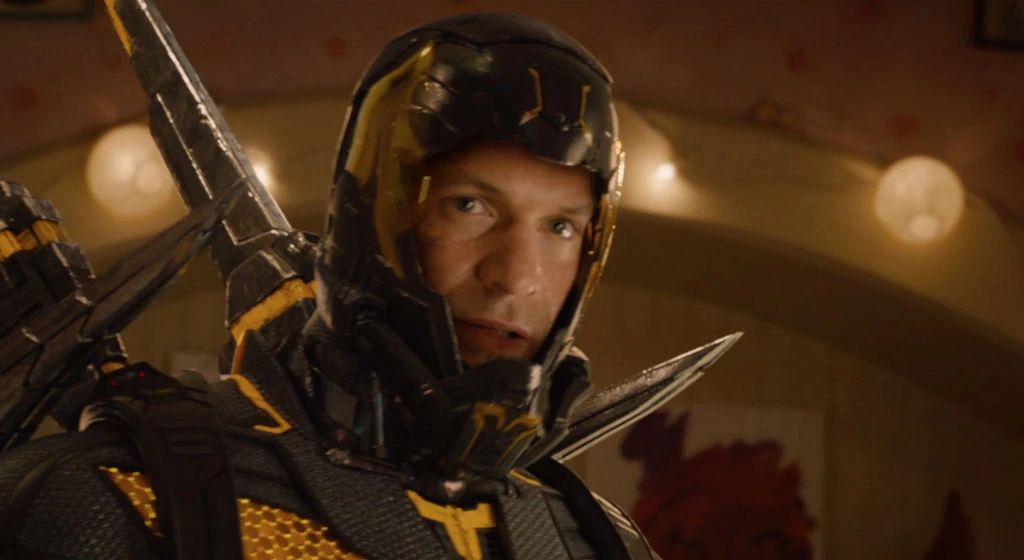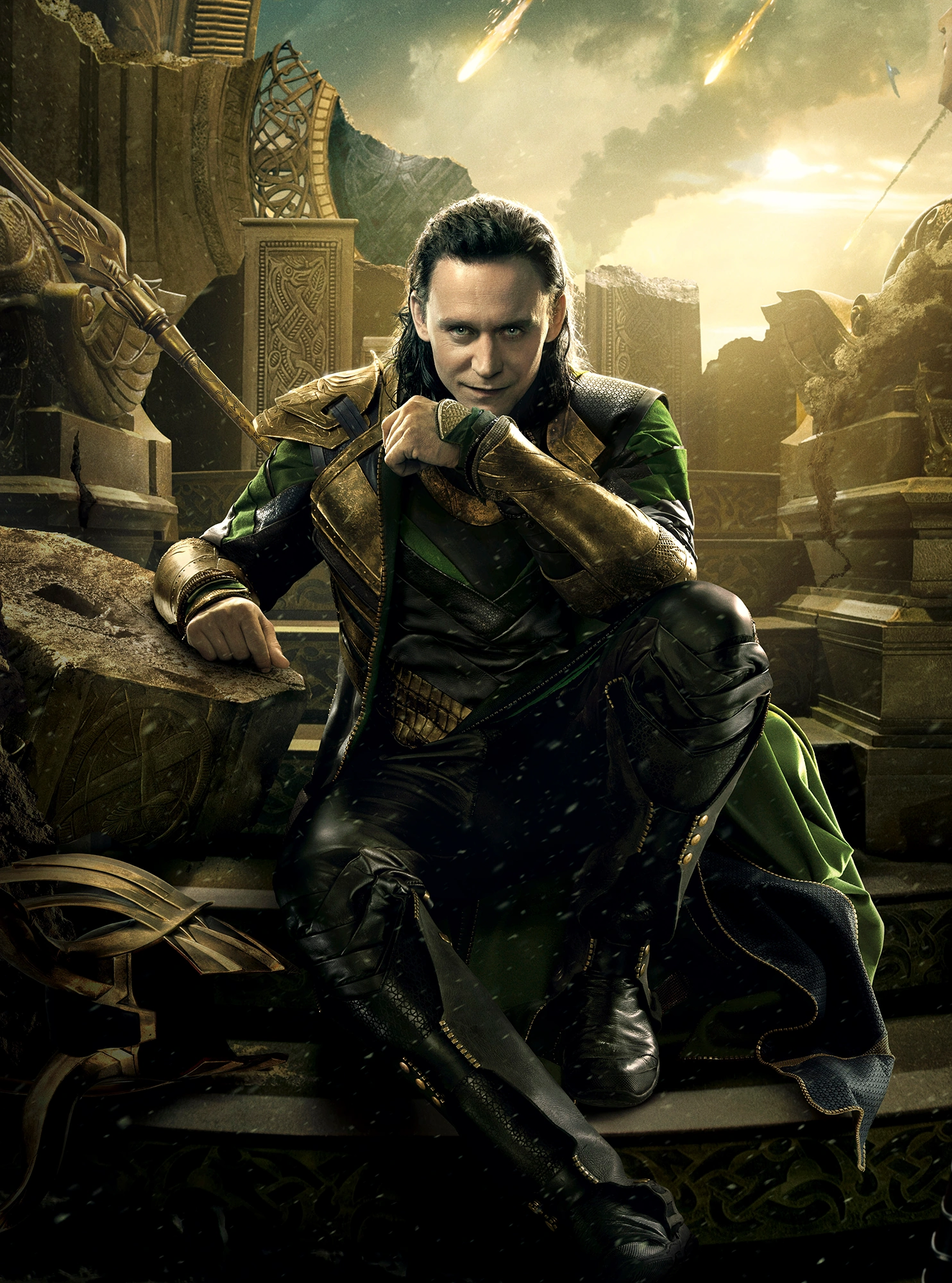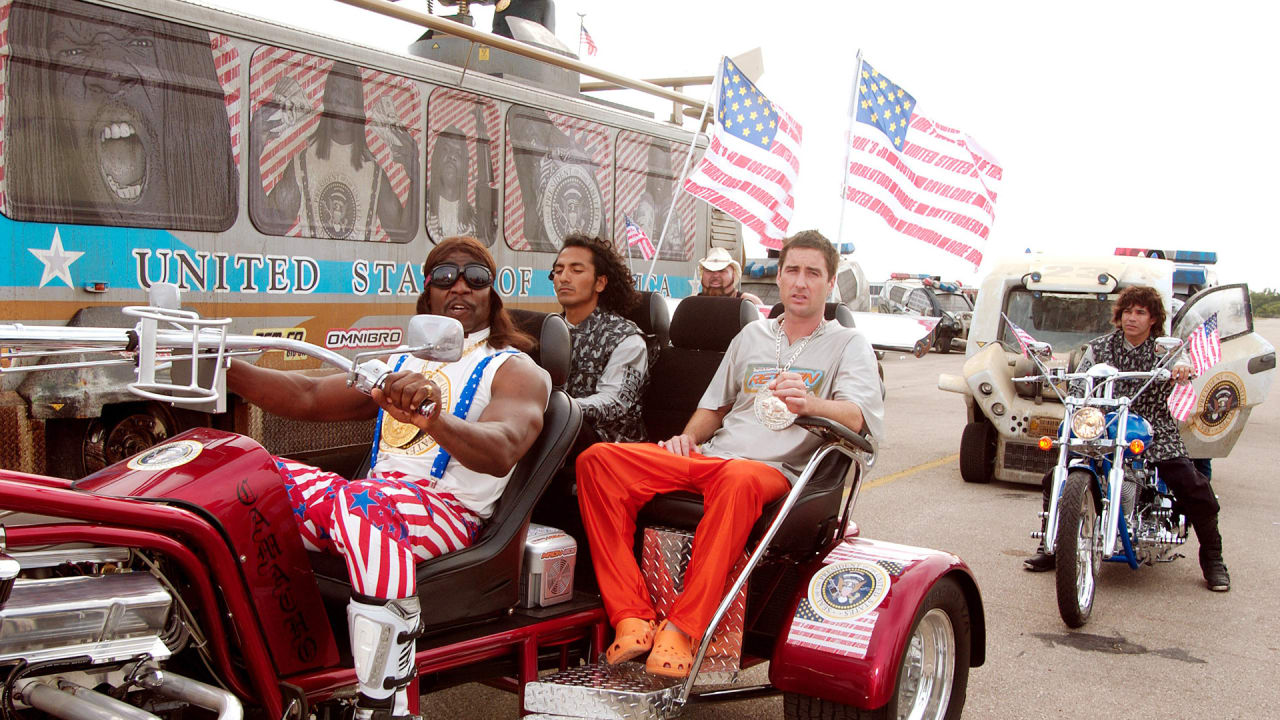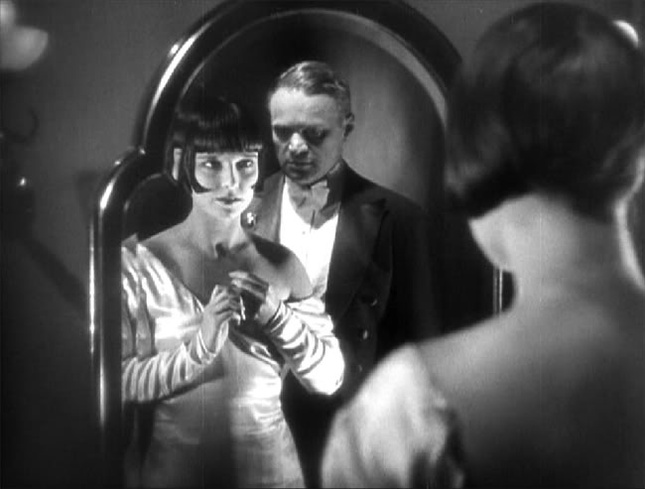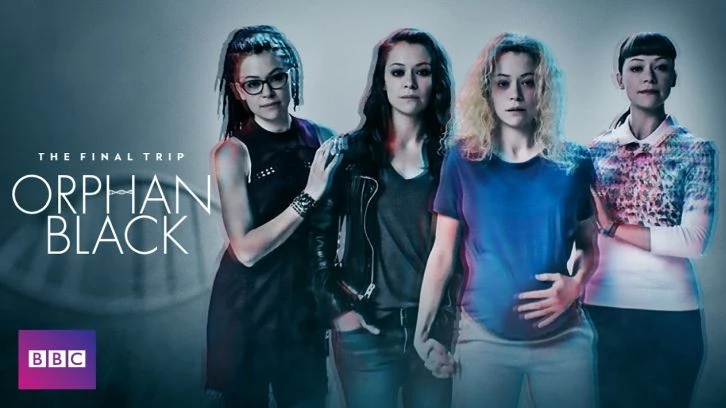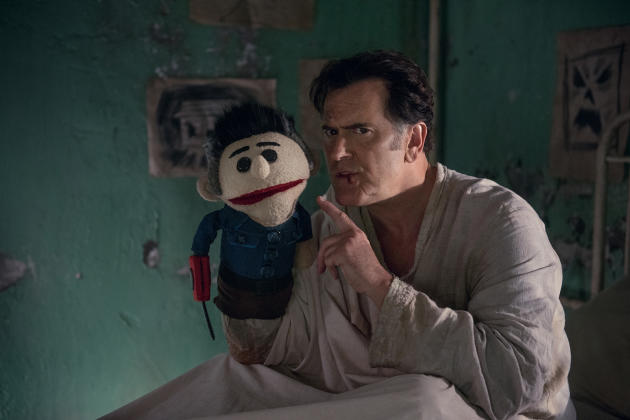I usually don't go into "horror mode" during this time of year, but this autumn seemed to be an exception. Along with other horror flicks like The Babadook and 1408, I've been scratching an itch to watch some horror films, older and more modern, alike. This has included going back and watching the first three Halloween movies, all of which I had seen but not in many, many years.
Halloween (1978)
Director: John Carpenter
I'll likely catch some flak for this, but Halloween is just mediocre to me.
If you're unfamiliar with the story, it tracks the disturbing tale of Michael Myers, who brutally and for no apparent reason killed his older sister when he was a mere six years old. After being locked in a mental institution for fifteen years, Myers escapes and returns to his home town, where he begins to act out his dark fixation with his sister's death again, this time on the local high schoolers. In particular, he stalks Laurie (Jamie Lee Curtis), a bright and kindly senior who has no idea of Myers's twisted interest in her or his relentless psychopathy. Trying to chase down Myers is Doctor Loomis (Donald Pleasance), Myers's psychiatrist, who feels that Myers in an inhuman monster, completely beyond any sort of rehabilitation.
In watching this movie again, I can't help but feel that time has worn down its effect considerably. In its day, it was a great example of how suspense and dread can be built around a simple idea and some competent direction, despite very limited financial constraints. John Carpenter and Debra Hill put together a screenplay based on the basic premise of a murderous, eerily silent psychopath on the loose in a quiet, tranquil suburban neighborhood. They also used sparing narration about Myers himself, keeping him a nearly complete enigma as to his twisted motivations and homicidal compulsions. The movie also does a nice job in creating the setting, with an authentic small town and fairly realistic, everyday kinds of characters acting the ways that they might in real life, even if the dialogue and acting can be a tad clunky at times. The general feeling, though, does help ratchet up the stakes fairly well.
Then there is the scare factor. I suppose I've never much been one for jump scares, and Halloween relies on this element more than a few times. Admittedly, it does also have plenty of still, creepy imagery, with Myers simply standing in the middle of a street, wearing that iconic white mask, staring at future victims. Or even longer shots of him slowly stalking around the neighborhood. These sequences actually work quite well, though the effect wears of by movie's end. It also doesn't help that this is an approach that has been used, reused, and imitated countless times in the years since Halloween came out.
So the original quite simply doesn't do much for me. I know that this movie still has many loyal and dedicated fans, so there is clearly something still chilling and effective about it for those who keep going back to it again and again. It apparently just is not my kind of horror movie, though.
Halloween II (1981)
Director: Rick Rosenthal
Though I wasn't dazzled by my rewatching of the original, I was committed to watching all three of the first Halloween films, so I sallied forth into the first sequel.
Though made and released three years after the first film, the story picks up quite literally where the original stopped. Myers has vanished after being shot multiple times by Doctor Loomis, and Laurie is taken to the local hospital to recover from her injuries at the hands of Myers. While the police and Loomis frantically search for Myers, the killer makes his way to the hospital where Laurie is being kept. As Myers eventually breaks into the hospital and methodically slays the staff, on his way to Laurie, we eventually learn that Laurie is actually Myers's younger sister. She had been adopted after the young Michael had been institutionalized, but now her older brother is after her in an attempt to once again act out his killing of their elder sister fifteen years earlier.
For what it is, Halloween II does just fine. Personally, though, it only served to confirm what I felt after watching the original - that this brand of horror movie just isn't my favorite. I do appreciate that the story adds just a little bit more back story to Myers, without spoiling the enigma of his evil nature with too much information. And the change in setting to a silent hospital ward at night was a wise move, offering a change of pace to the suburban neighborhood.
On the whole, though, the sequel is a slightly paler continuation of the original. It doesn't help that star Jamie Lee Curtis is barely a presence. She's knocked out in a hospital bed for the first hour or so of the movie. When she does eventually become mobile, it is only barely so, making her a forgettable character in many ways. There is also the odd character Jimmy, the handsome young EMT who immediately takes a shine to Laurie, who for whatever reason, quickly returns his playful affections, despite the fact that she is completely traumatized and doesn't know the first thing about him. And Jimmy's reactions to discovering slashed corpses around the hospital is almost hilariously subdued. As if Jimmy weren't enough, we also get his sleazebag partner, Budd, the tactless, oversexed jerk who is all about sleeping with one of the nurses. True to the already-established trope of the genre, these two get killed by Myers the moment they decide to get naked. This was just one of the many "how will this one get killed?" marks that Halloween II uses as its basic formula. Again, this is a type of movie that I lost interest in decades ago, so this sequel did very little to hold my interest.
So on I went to the third of the trilogy. Third in name, though not at all in story continuity.
Halloween III: Season of the Witch (1982)
Director: Tommy Lee Wallace
In a highly risky and unprecedented move, the third Halloween movie broke completely from the story of the original two and presented its own thoroughly independent tale. It follows Doctor Daniel Challis as he slowly uncovers a hideous plot about to unfold on Halloween night. About a week before Halloween, a raving and injured patient is brought into Challis's hospital, where he is later killed by an immensely powerful assassin who then kills himself. Challis starts doing some detective work, with the help of the murdered man's daughter, and they trace the clues to the Silver Shamrock novelty company headquarters in Santa Mira, California. There, they discover that the town in completely dominated by the oversight of Silver Shamrock's founder, Conal Cochran. They also soon learn that Cochran, inspired by ancient pagan traditions of sacrifice on All Hallow's Eve, has imbued Silver Shamrock's millions of children's Halloween masks with occult magic. This spell will activate when children watch the company's commercial while watching the mask, thus killing them in grisly fashion, even turning their bodies into insects and reptiles. Challis manages to destroy the Silver Shamrock factory and seemingly the sinister Cochran. The film ends with Challis frantically calling the TV stations to get the commercial taken off the air; two of them pull the ad, but the third is still running when the movie ends.
This may be a bit odd, but despite this movie's many obvious flaws, I actually liked it more than the original two movies. The main reason is that I really enjoy the plot, which I find to be a rather creative one with a bit of sly social commentary. I also find the ending highly disturbing, just as a true horror tale should be. When I look at the main story arc, I think the mystery elements were done very well, with the strange deaths and gradual uncovering of clues not all coming together until the final act. Several of the deaths are also quite striking, with the most horrifying being the reveltaion about what the Silver Shamrock masks will do to the children, as we see happen to the young child Little Buddy, who is reduced to a pile of crawling roaches and snakes. I even like the notion of Cochran's button-down army and factory staff being composed of soulless androids. It may seem a bit too science-fiction for a horror tale, but it somehow had a logic that fit within the larger theme.
The movie does have its obvious shortcomings. The dialogue is pretty awful in places. And the acting is shaky much of the time (although the key roles by Tom Atkins and Dan O'Herlihy are played extremely well). The romance between Dr. Challis and Ellie is completely forced and really had no place in the movie whatsoever, beyond an attempt to appeal to base sentimentality or sexual titilation. And there are a ton of little details, or lack thereof, that one could nitpick. But I didn't find that any of these oversights ever torpedo the main plot or the commentary on consumer culture.
This story probably would have been much stronger if two things had happened: one is that it hadn't presented itself as a "Halloween" movie. A little research shows that this was clearly why a large number of fans and critics back in 1982 had a problem with it - they came thinking they were getting the next chapter in the Michael Myers story, only to get a completely unrelated tale instead. The second is that it would have probably worked better as a 45-50-minute TV show, in the the vein of The Twilight Zone, Tales from the Darkside, Tales from the Crypt or some similar program. If they couldn't punch up the dialogue or iron out the many little plot oversights, then streamlining it would have done the story wonders.
I doubt that I'll be going back to watch any of these movies again, since I didn't find any of them to be spectacular horror films. Still, the third is the one that had always stayed with me since I first saw it nearly thirty years ago, and it is the one which I still enjoy the most.
An Outside Commentary
While doing a bit of research, I came across this little article, published on comicbook.com only about a week ago. It argues that, on the whole, the thing that weakened the Halloween series over time was the presence of Michael Myers himself. I actually agrees with much of what the author posits, especially how Myers's very nature was only going to make him interesting for one or two movies. The thing that makes him a bit compelling - the very mystery around his motivation and the utter lack of a personality - could only carry a tale so far. This is probably why I became rather bored with the movies, though I did so much more quickly than the original two films' ardent fans.
| The "Look out he's right there!!" tactic of suspenseful film making can be effective for a little while, but I grow bored with it extremely quickly. |
Director: John Carpenter
I'll likely catch some flak for this, but Halloween is just mediocre to me.
If you're unfamiliar with the story, it tracks the disturbing tale of Michael Myers, who brutally and for no apparent reason killed his older sister when he was a mere six years old. After being locked in a mental institution for fifteen years, Myers escapes and returns to his home town, where he begins to act out his dark fixation with his sister's death again, this time on the local high schoolers. In particular, he stalks Laurie (Jamie Lee Curtis), a bright and kindly senior who has no idea of Myers's twisted interest in her or his relentless psychopathy. Trying to chase down Myers is Doctor Loomis (Donald Pleasance), Myers's psychiatrist, who feels that Myers in an inhuman monster, completely beyond any sort of rehabilitation.
In watching this movie again, I can't help but feel that time has worn down its effect considerably. In its day, it was a great example of how suspense and dread can be built around a simple idea and some competent direction, despite very limited financial constraints. John Carpenter and Debra Hill put together a screenplay based on the basic premise of a murderous, eerily silent psychopath on the loose in a quiet, tranquil suburban neighborhood. They also used sparing narration about Myers himself, keeping him a nearly complete enigma as to his twisted motivations and homicidal compulsions. The movie also does a nice job in creating the setting, with an authentic small town and fairly realistic, everyday kinds of characters acting the ways that they might in real life, even if the dialogue and acting can be a tad clunky at times. The general feeling, though, does help ratchet up the stakes fairly well.
Then there is the scare factor. I suppose I've never much been one for jump scares, and Halloween relies on this element more than a few times. Admittedly, it does also have plenty of still, creepy imagery, with Myers simply standing in the middle of a street, wearing that iconic white mask, staring at future victims. Or even longer shots of him slowly stalking around the neighborhood. These sequences actually work quite well, though the effect wears of by movie's end. It also doesn't help that this is an approach that has been used, reused, and imitated countless times in the years since Halloween came out.
So the original quite simply doesn't do much for me. I know that this movie still has many loyal and dedicated fans, so there is clearly something still chilling and effective about it for those who keep going back to it again and again. It apparently just is not my kind of horror movie, though.
Halloween II (1981)
Director: Rick Rosenthal
Though I wasn't dazzled by my rewatching of the original, I was committed to watching all three of the first Halloween films, so I sallied forth into the first sequel.
Though made and released three years after the first film, the story picks up quite literally where the original stopped. Myers has vanished after being shot multiple times by Doctor Loomis, and Laurie is taken to the local hospital to recover from her injuries at the hands of Myers. While the police and Loomis frantically search for Myers, the killer makes his way to the hospital where Laurie is being kept. As Myers eventually breaks into the hospital and methodically slays the staff, on his way to Laurie, we eventually learn that Laurie is actually Myers's younger sister. She had been adopted after the young Michael had been institutionalized, but now her older brother is after her in an attempt to once again act out his killing of their elder sister fifteen years earlier.
For what it is, Halloween II does just fine. Personally, though, it only served to confirm what I felt after watching the original - that this brand of horror movie just isn't my favorite. I do appreciate that the story adds just a little bit more back story to Myers, without spoiling the enigma of his evil nature with too much information. And the change in setting to a silent hospital ward at night was a wise move, offering a change of pace to the suburban neighborhood.
On the whole, though, the sequel is a slightly paler continuation of the original. It doesn't help that star Jamie Lee Curtis is barely a presence. She's knocked out in a hospital bed for the first hour or so of the movie. When she does eventually become mobile, it is only barely so, making her a forgettable character in many ways. There is also the odd character Jimmy, the handsome young EMT who immediately takes a shine to Laurie, who for whatever reason, quickly returns his playful affections, despite the fact that she is completely traumatized and doesn't know the first thing about him. And Jimmy's reactions to discovering slashed corpses around the hospital is almost hilariously subdued. As if Jimmy weren't enough, we also get his sleazebag partner, Budd, the tactless, oversexed jerk who is all about sleeping with one of the nurses. True to the already-established trope of the genre, these two get killed by Myers the moment they decide to get naked. This was just one of the many "how will this one get killed?" marks that Halloween II uses as its basic formula. Again, this is a type of movie that I lost interest in decades ago, so this sequel did very little to hold my interest.
So on I went to the third of the trilogy. Third in name, though not at all in story continuity.
Halloween III: Season of the Witch (1982)
Director: Tommy Lee Wallace
In a highly risky and unprecedented move, the third Halloween movie broke completely from the story of the original two and presented its own thoroughly independent tale. It follows Doctor Daniel Challis as he slowly uncovers a hideous plot about to unfold on Halloween night. About a week before Halloween, a raving and injured patient is brought into Challis's hospital, where he is later killed by an immensely powerful assassin who then kills himself. Challis starts doing some detective work, with the help of the murdered man's daughter, and they trace the clues to the Silver Shamrock novelty company headquarters in Santa Mira, California. There, they discover that the town in completely dominated by the oversight of Silver Shamrock's founder, Conal Cochran. They also soon learn that Cochran, inspired by ancient pagan traditions of sacrifice on All Hallow's Eve, has imbued Silver Shamrock's millions of children's Halloween masks with occult magic. This spell will activate when children watch the company's commercial while watching the mask, thus killing them in grisly fashion, even turning their bodies into insects and reptiles. Challis manages to destroy the Silver Shamrock factory and seemingly the sinister Cochran. The film ends with Challis frantically calling the TV stations to get the commercial taken off the air; two of them pull the ad, but the third is still running when the movie ends.
This may be a bit odd, but despite this movie's many obvious flaws, I actually liked it more than the original two movies. The main reason is that I really enjoy the plot, which I find to be a rather creative one with a bit of sly social commentary. I also find the ending highly disturbing, just as a true horror tale should be. When I look at the main story arc, I think the mystery elements were done very well, with the strange deaths and gradual uncovering of clues not all coming together until the final act. Several of the deaths are also quite striking, with the most horrifying being the reveltaion about what the Silver Shamrock masks will do to the children, as we see happen to the young child Little Buddy, who is reduced to a pile of crawling roaches and snakes. I even like the notion of Cochran's button-down army and factory staff being composed of soulless androids. It may seem a bit too science-fiction for a horror tale, but it somehow had a logic that fit within the larger theme.
The movie does have its obvious shortcomings. The dialogue is pretty awful in places. And the acting is shaky much of the time (although the key roles by Tom Atkins and Dan O'Herlihy are played extremely well). The romance between Dr. Challis and Ellie is completely forced and really had no place in the movie whatsoever, beyond an attempt to appeal to base sentimentality or sexual titilation. And there are a ton of little details, or lack thereof, that one could nitpick. But I didn't find that any of these oversights ever torpedo the main plot or the commentary on consumer culture.
This story probably would have been much stronger if two things had happened: one is that it hadn't presented itself as a "Halloween" movie. A little research shows that this was clearly why a large number of fans and critics back in 1982 had a problem with it - they came thinking they were getting the next chapter in the Michael Myers story, only to get a completely unrelated tale instead. The second is that it would have probably worked better as a 45-50-minute TV show, in the the vein of The Twilight Zone, Tales from the Darkside, Tales from the Crypt or some similar program. If they couldn't punch up the dialogue or iron out the many little plot oversights, then streamlining it would have done the story wonders.
I doubt that I'll be going back to watch any of these movies again, since I didn't find any of them to be spectacular horror films. Still, the third is the one that had always stayed with me since I first saw it nearly thirty years ago, and it is the one which I still enjoy the most.
An Outside Commentary
While doing a bit of research, I came across this little article, published on comicbook.com only about a week ago. It argues that, on the whole, the thing that weakened the Halloween series over time was the presence of Michael Myers himself. I actually agrees with much of what the author posits, especially how Myers's very nature was only going to make him interesting for one or two movies. The thing that makes him a bit compelling - the very mystery around his motivation and the utter lack of a personality - could only carry a tale so far. This is probably why I became rather bored with the movies, though I did so much more quickly than the original two films' ardent fans.


_Marvels_Agents_of_SHIELD_2_17.jpg/revision/latest?cb=20150415160224)


